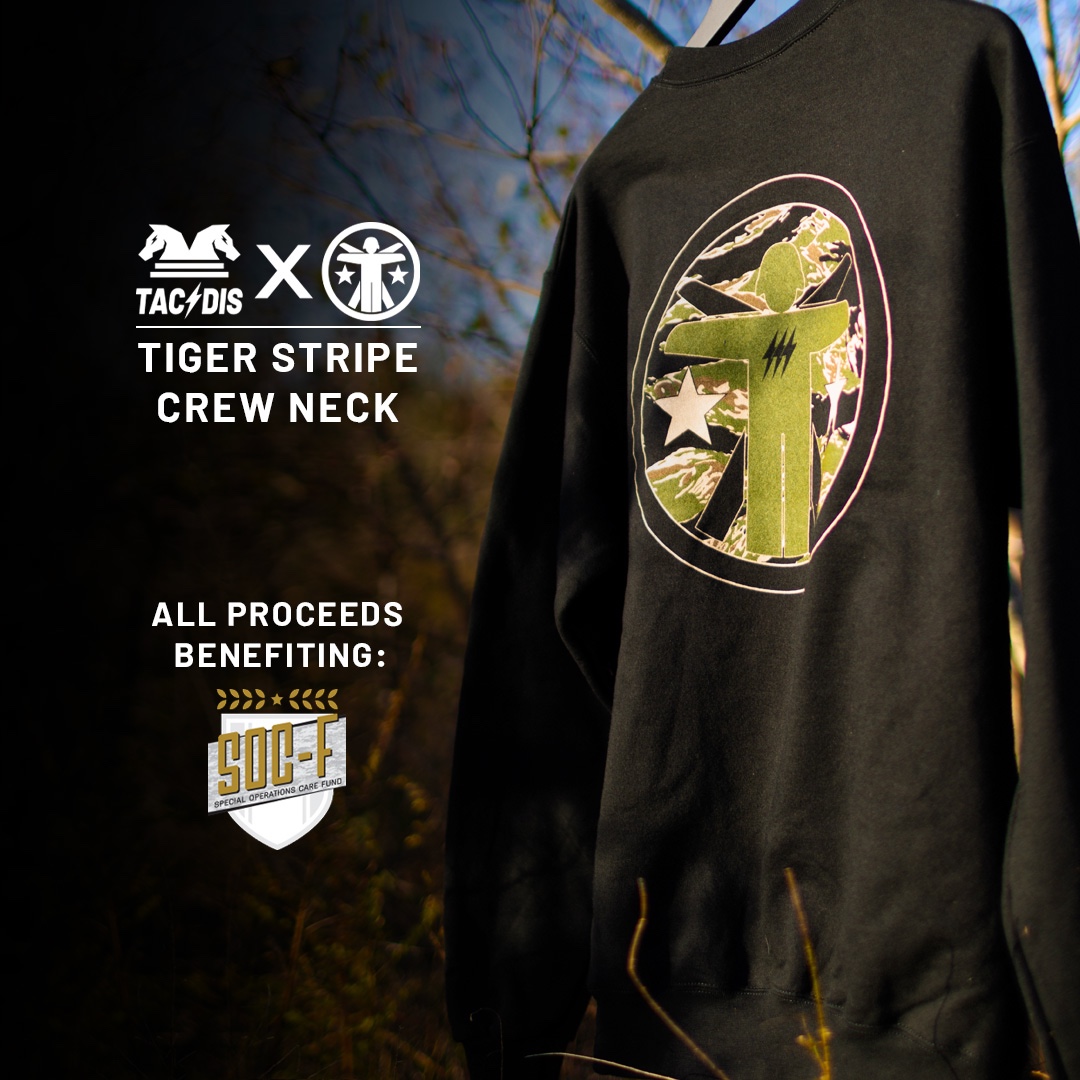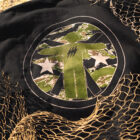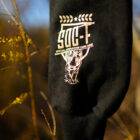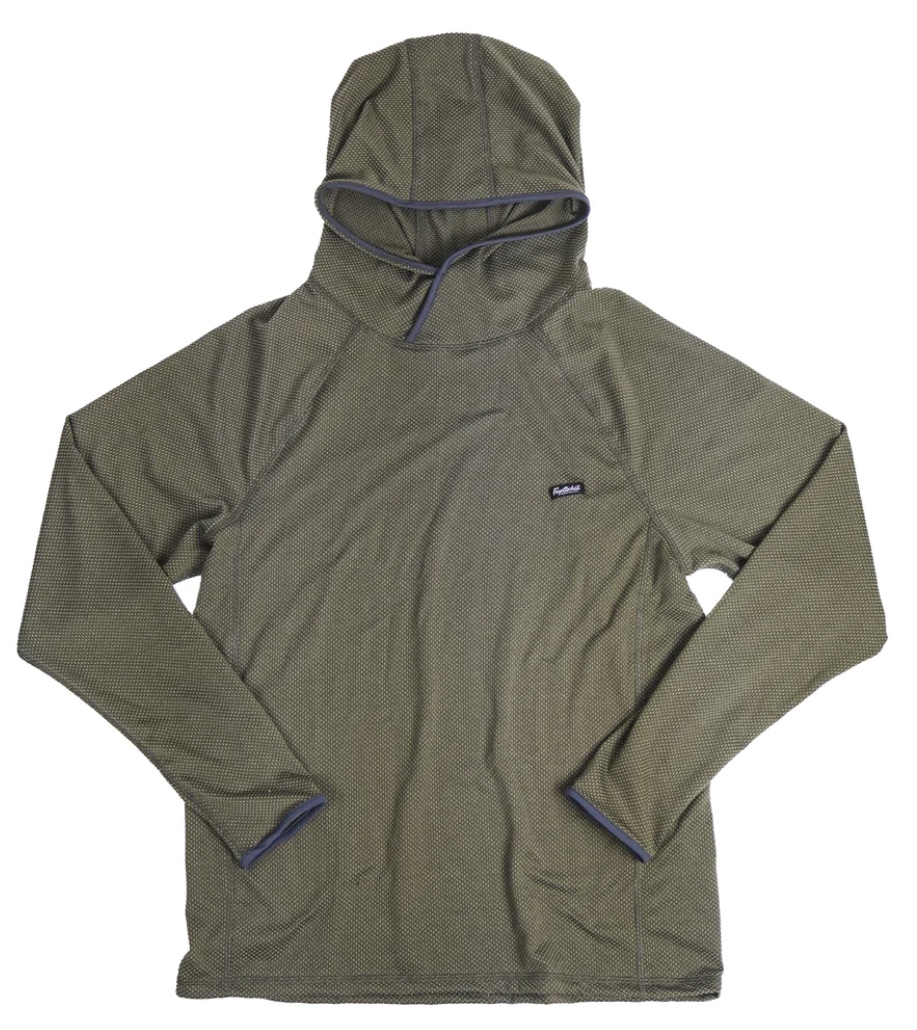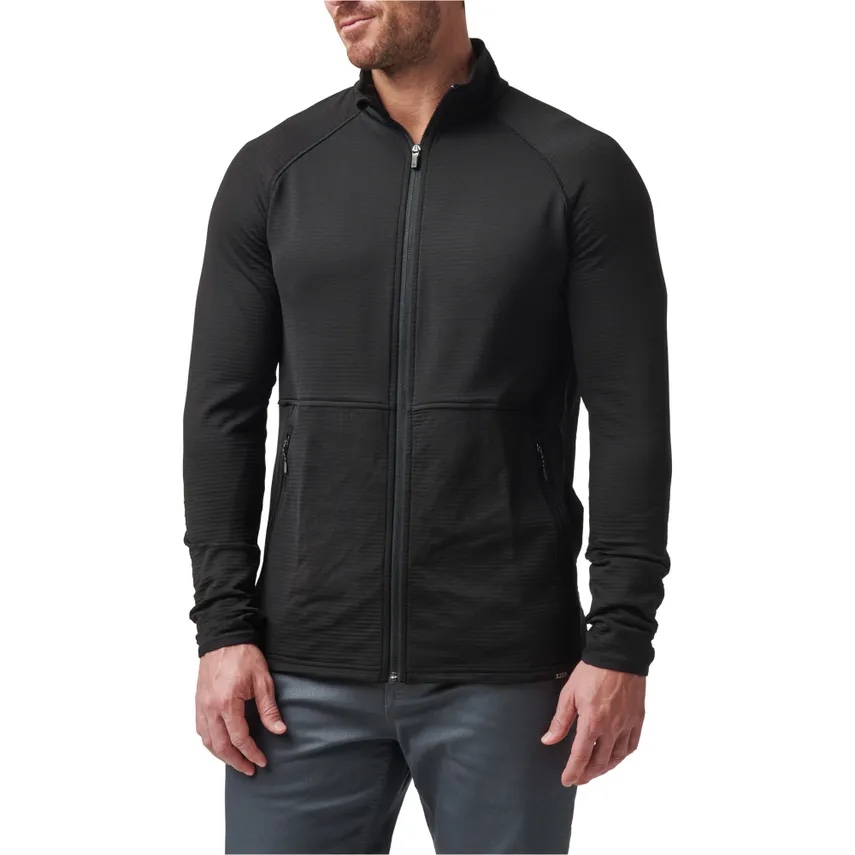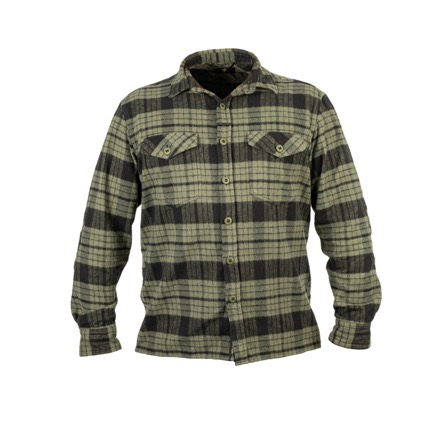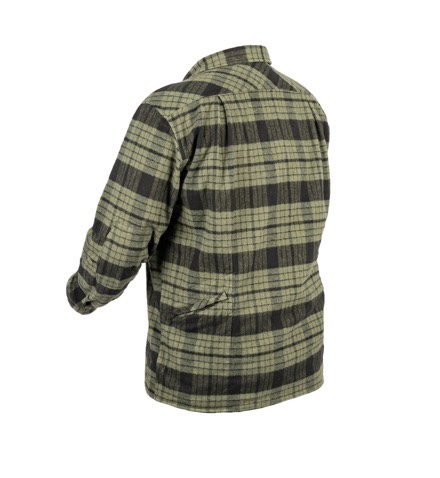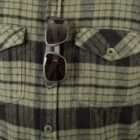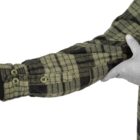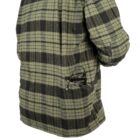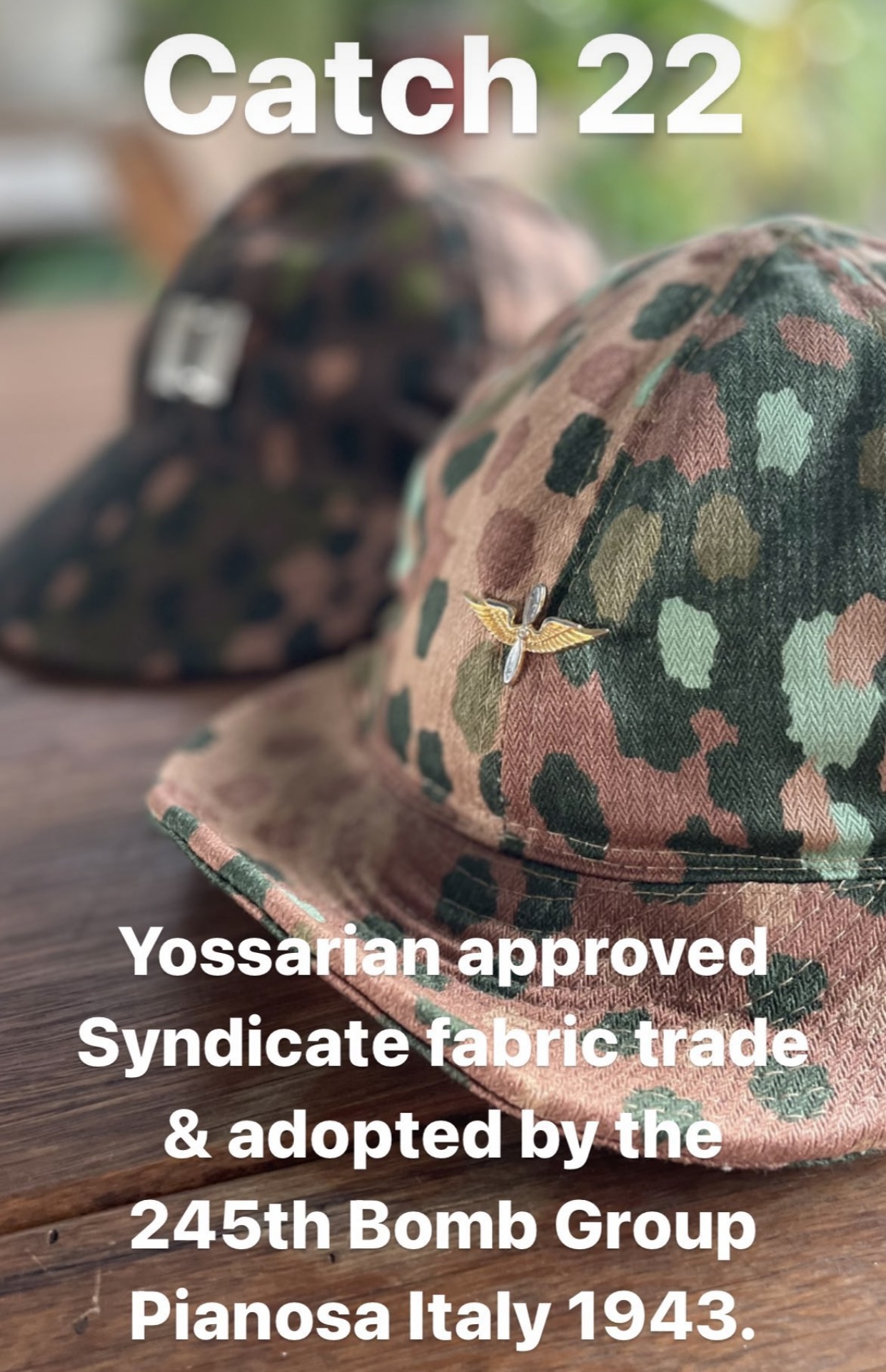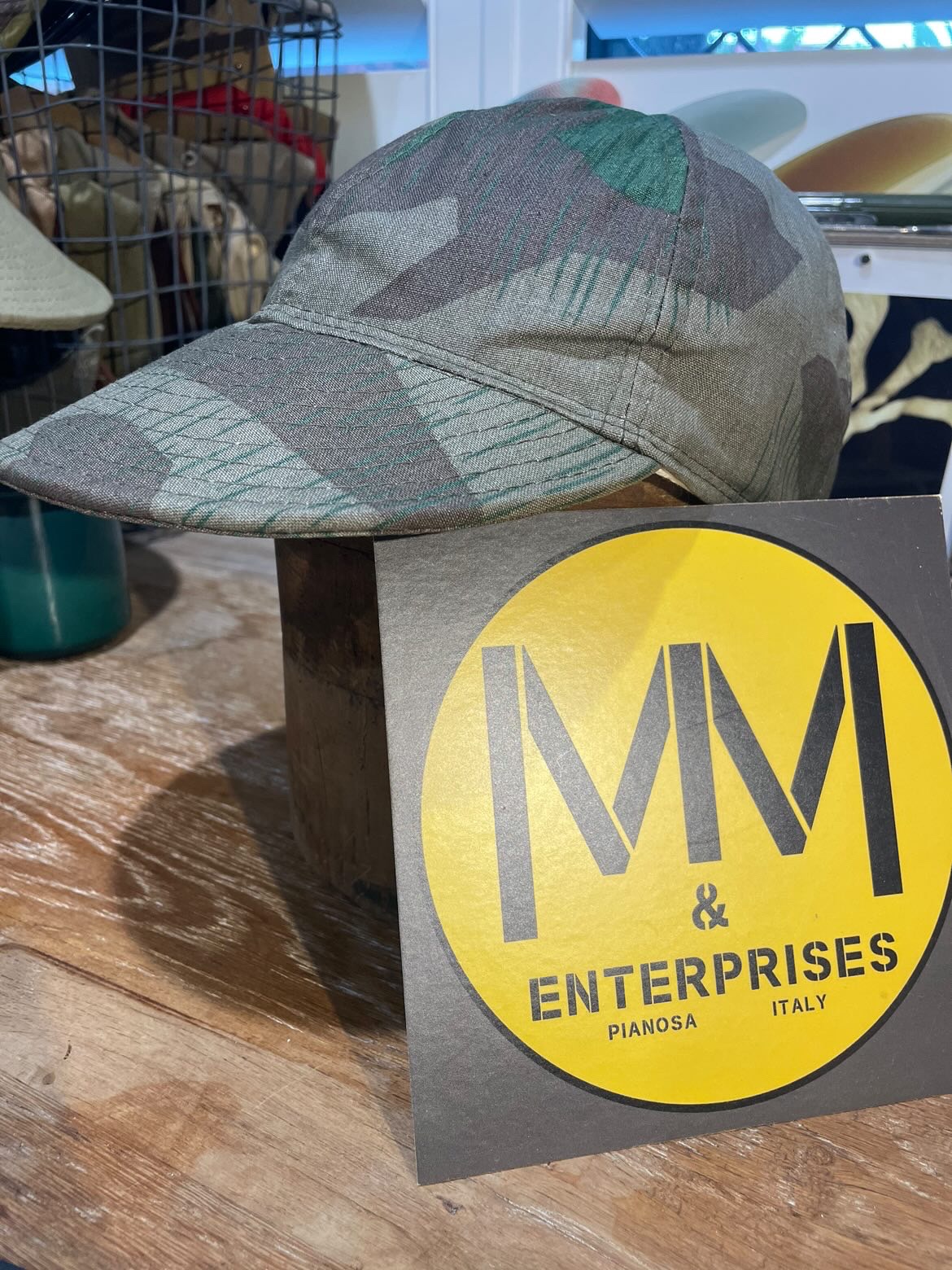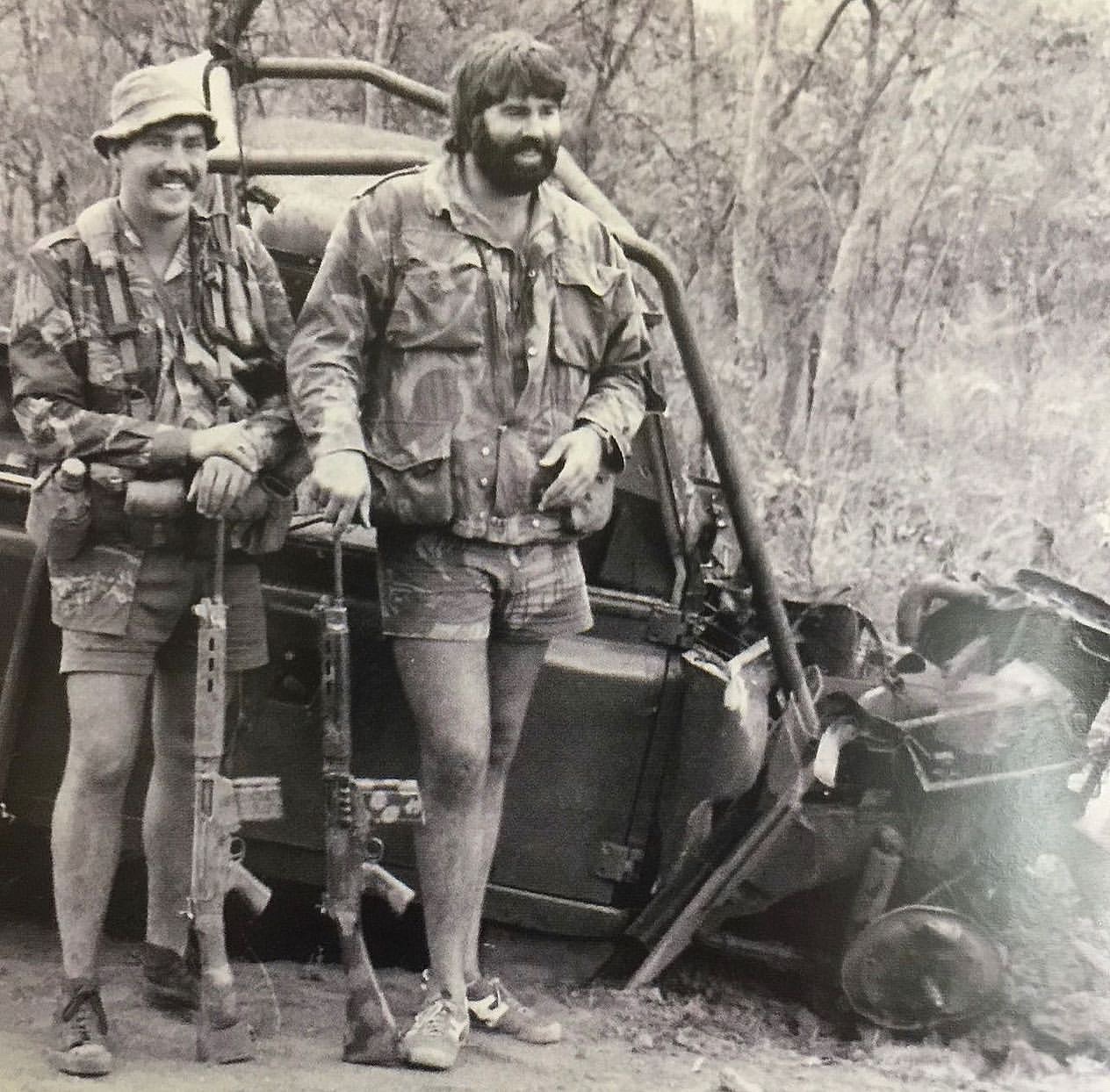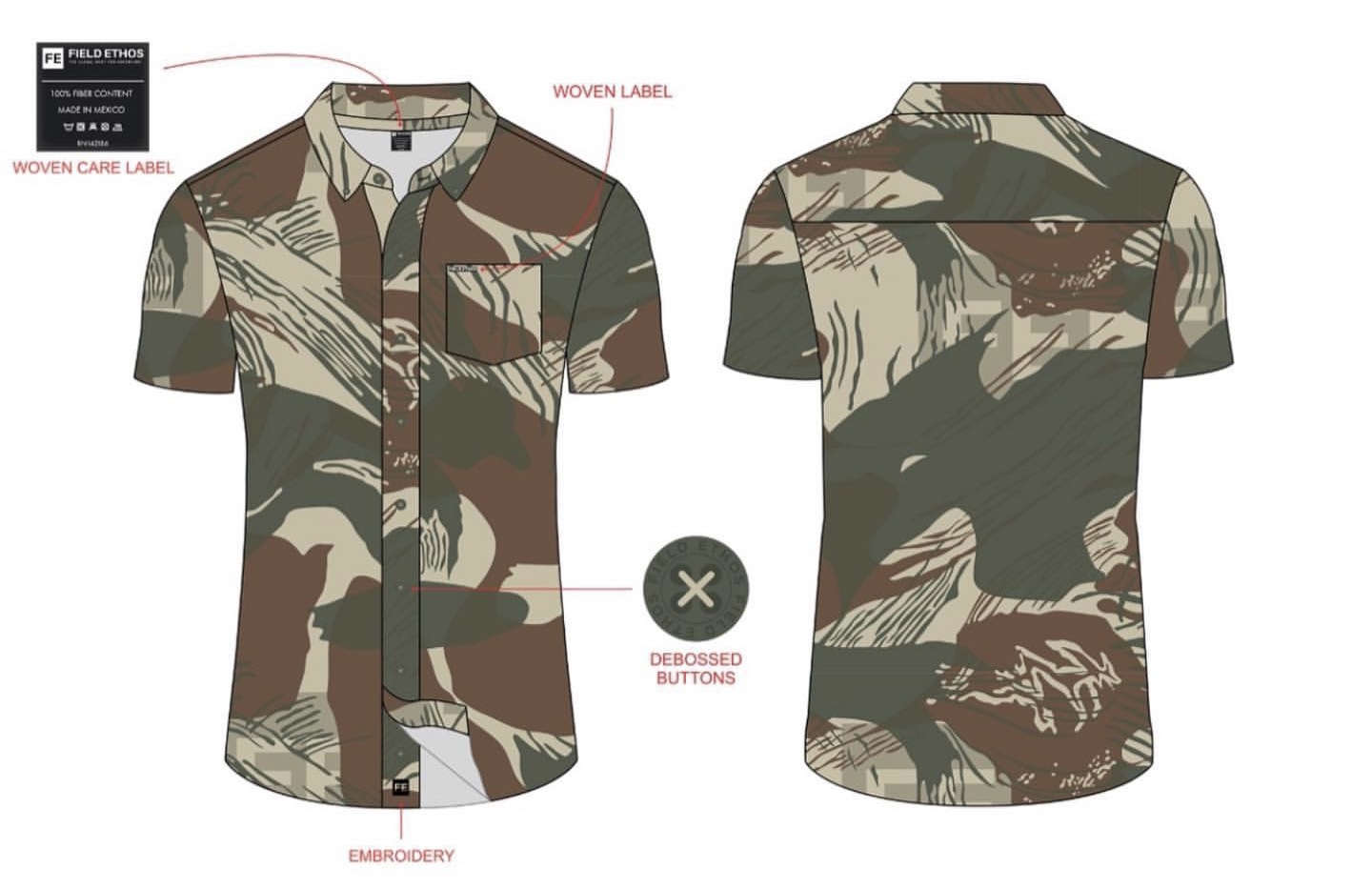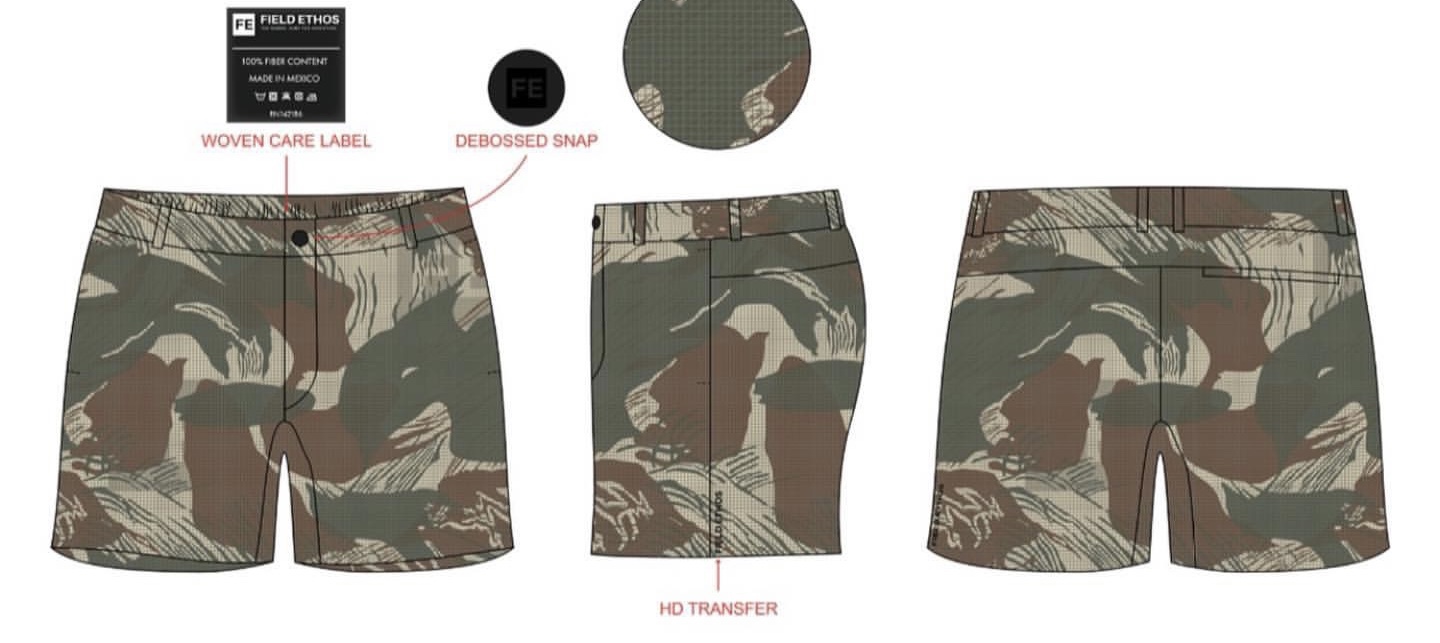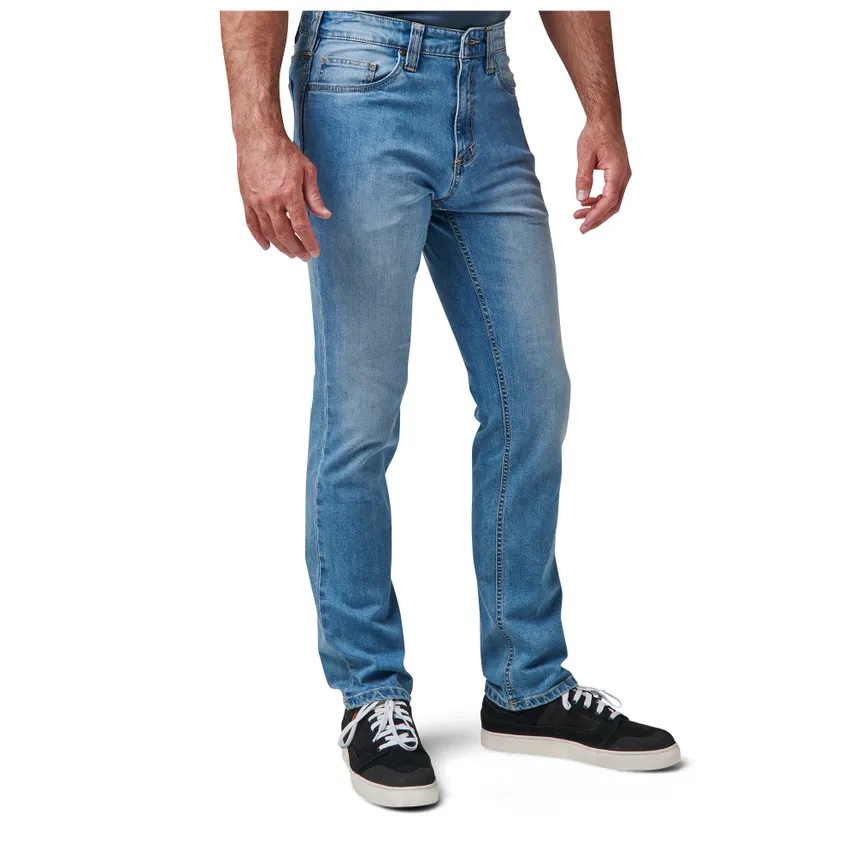KOMENDA, SLOVENIA (30 NOVEMBER 2022)—Tactical clothing manufacturer UF PRO today announced the release of its Delta OL 4.0 Winter Jacket, to be followed before year’s end by the release of the Delta OL 4.0 Winter Pants. Together, the jacket and pants comprise UF PRO’s Delta OL 4.0 Winter Suit, the latest iteration of the company’s popular line of tactical winter garments for military and LE operators engaged primarily in stationary work when temperatures drop below zero. “The Delta OL 4.0 Winter Suit features superior thermal insulation,” said UF PRO Head of Product Development Armin Wagner. “The tactical winter jacket and pants consist of a dense G-LOFT® filling that creates the suit’s heat-preserving properties, making the Delta 4.0 the ultimate thermal insulation winter suit for sub-zero temperatures.”
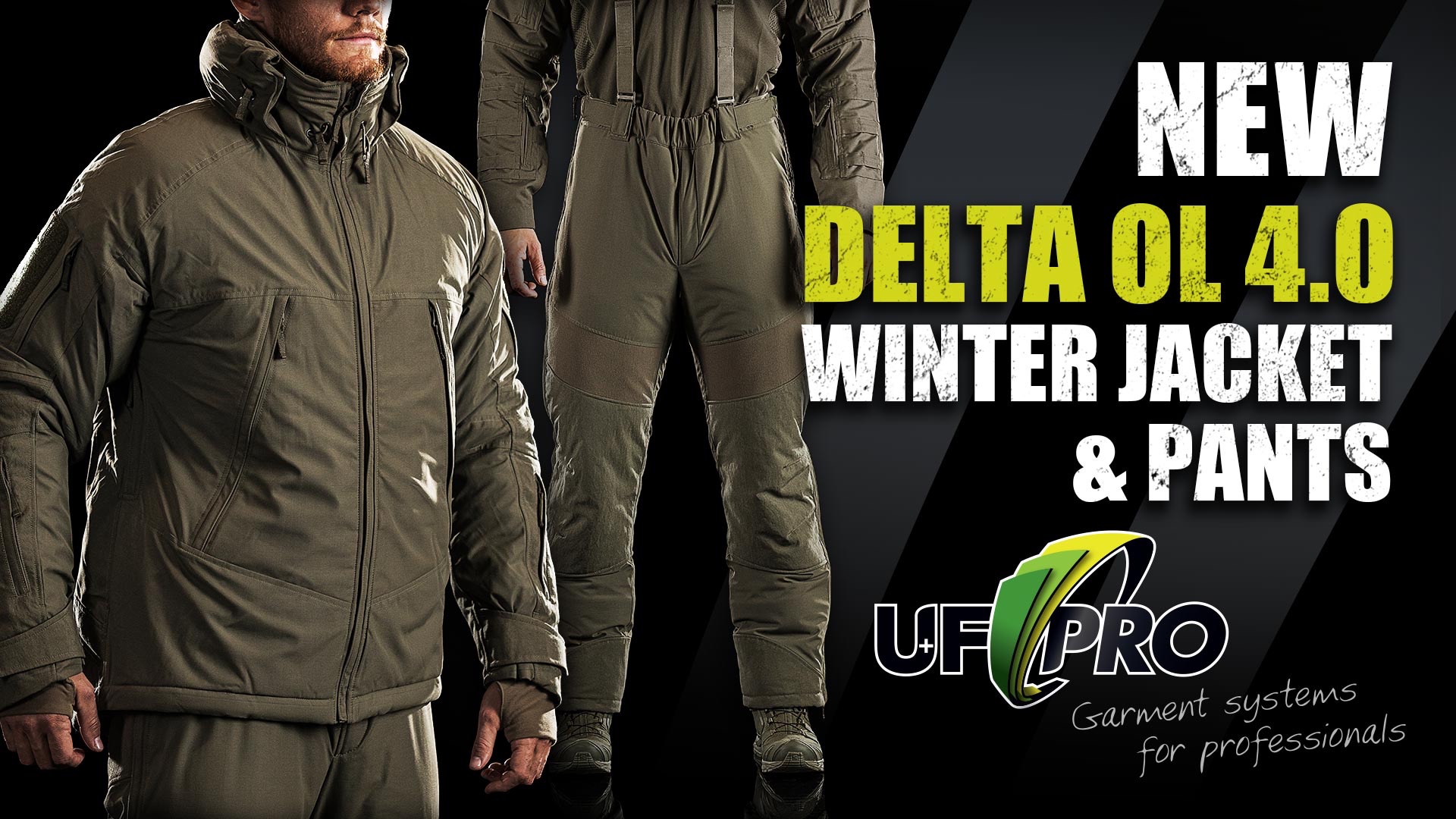
Thermal insulation is but one of the key attributes of the new Delta 4.0 OL’s jacket and pants. According to Wagner, the suit also boasts a polyurethane membrane lining that blocks out wind and repels water. “This means the wearer enjoys full simultaneous protection from wind chill and moisture, and as a result is able to spend a prolonged time in cold environments.”
The Delta OL 4.0 Winter Jacket’s groundbreaking Hood/Harness® system provides waterproof head protection without obstructing the wearer’s line of sight, while the Delta 4.0. Winter Jacket comes with a detachable powdered skirt that prevents snow penetration, Wagner said.
The novel design of the Delta OL 4.0 Winter Pants permits unprecedented freedom to move, Wagner indicated. “They feature schoeller-dynamic® stretch fabric with an extra four-way stretch membrane to keep out wind and moisture.” he said. “And it’s our UF PRO® Flex/Zone® that makes sure the volume of the G-LOFT® insulation stays the same and doesn’t shrink as the pants stretch. As a result, you’ll feel as nice and warm kneeling or sitting as you do when standing.”
Wagner expressed confidence that the Delta 4.0 Tactical Winter Jacket and Pants will be appreciated by even the hardest to satisfy operators. “We understand the risks associated with working in extremely cold weather. In particular, we understand that thermometer readings alone don’t tell the true story of how cold it really is at any given moment in any given location—wind speed and external moisture levels also affect temperature and can make it feel a lot colder than the thermometer would suggest. Because of that, people out working in those conditions are at greater-than-they-think risk of hypothermia, frostbite, chilblains, and hives.
“We created the Delta 4.0 Winter Suit to address this problem. One of the reasons we are excited about this release is that we know it will benefit thousands of professionals worldwide.”
For additional information, please visit ufpro.com or contact support@ufpro.si.
